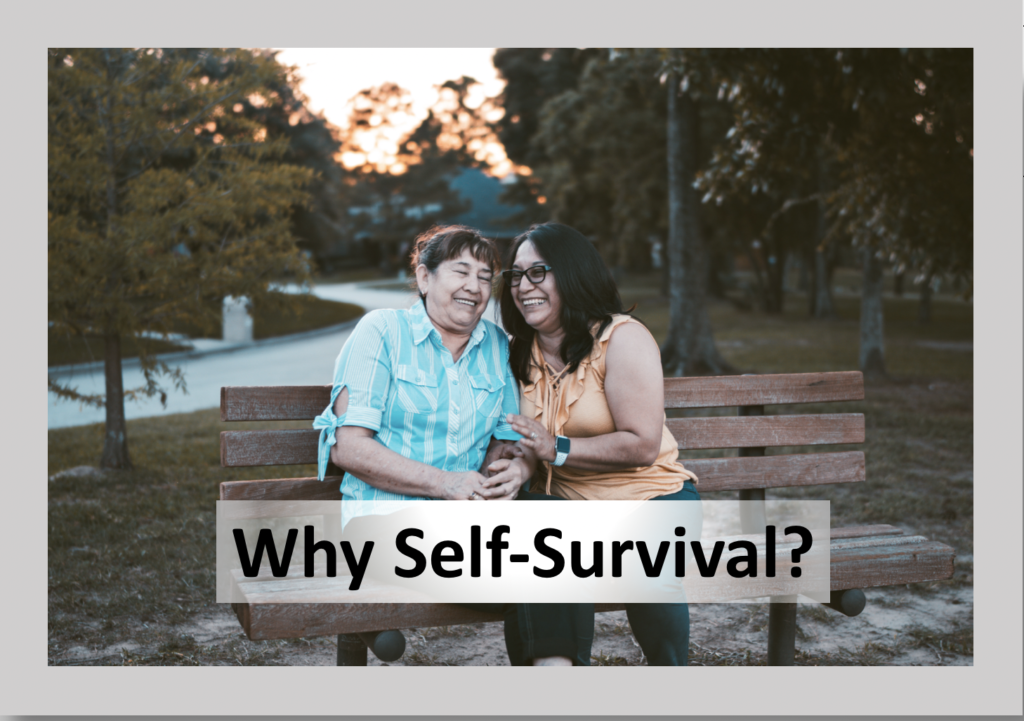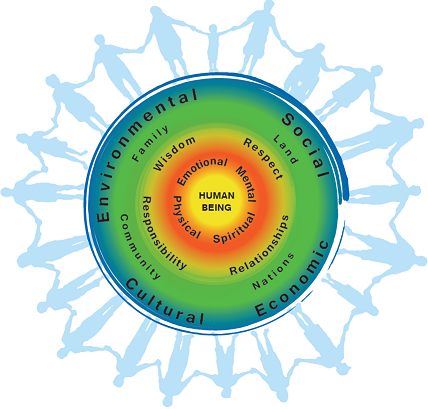
“You are not alone. 28% of BC residents are family caregivers. 60% of these caregivers are employed and working in addition to caregiving. The role of a caregiver is rewarding but can be demanding, taxing and isolating. The role is often unacknowledged” (Family Caregivers of British Columbia, 2021).
Caregivers can become emotionally and physically exhausted. They face emotional drain, resulting in empathic distress, and many caregivers felt and experienced as their own. Extensive research demonstrates that self‐compassion is linked to psychological wellbeing (Germer, C. & Neff, K. D. (2019)).
What is Self-Compassion?
Dr. Kristin Neff, an American professor of Human Development, has developed a Self-Compassion theory and defines Self-Compassion as the ability to notice when you’re struggling – to see and hear yourself – and to feel tenderness for yourself in difficult moments (Neff, 2021). In times of suffering, failure, or when we notice something about ourselves we don’t like, Self-Compassion is treating ourselves the way we would a good friend.
• It’s the willingness to say to ourselves, “I’m having a hard time right now. How can I offer myself comfort and care?”
• Having compassion for oneself is very similar to having compassion for others.
To Have Compassion for Others, We must:
- Notice they are suffering.
- Feel warmth, caring, and a desire to help in some way. We also offer understanding and kindness, and refrain from judgment.
- Recognize that suffering, failure and imperfection is part of the human experience
(Family Caregivers BC, 2021; Neff, 2021).
Three Elements of Self-Compassion
- Self-Kindness vs. Self-Judgment
- Many of us try to do everything right so we are worthy of love. Without realizing it, we engage in this behaviour to offset the anxiety of disconnection and the pain of being judged or rejected by others.
- Common Humanity vs. Isolation
- When we get frustrated or disappointed, it’s often accompanied by a sense that we are the only ones suffering or experiencing these feelings.
- Mindfulness vs. Over-Identification
- When we can observe our negative thoughts and emotions with clarity and acceptance, we are practicing mindfulness
(Family Caregivers BC, 2021; Neff 2021).
Self-Survival Animated Video
Self-Care
WHO (2019) defines self-care as “the ability of individuals, families and communities to promote health, prevent disease, maintain health, and to cope with illness and disability with or without the support of a healthcare provider”.
An individuals basic needs for good hygiene, nutrition, sleep and medical attention when needed are included within the WHO definition. There is also a chance that caregivers will “neglect their own health as their health problems may seem less important compared with that of the care recipient. Moreover, caregivers may not have enough time or energy to attend health visits owing to the high caregiving burden and stress” (Jacob, 2020).
The image below has been derived from a holistic perspective of health, and its concepts are based on the knowledge passed along by Indigenous Elders and traditional healers.
It is important to acknowledge that each circle and its components are all interconnected and need to be in balance (First Nations Health Authority, 2021).

Vision: Healthy, Self-Determining and Vibrant BC First Nations Children, Families and Communities.”
(First Nations Health Authority, 2021)
Do you practice self-care?
Ideas to recharge yourself as a caregiver
- Self-compassion
- Practice simple breath awareness each day
- mind-body grounding practice
- Making good nutrition and getting quality sleep priorities
- Remain socially connected (either in person or communication tools like the telephone or social media)
(Harvard health, 2021 ; Family Caregiving, 2021)
- Yoga moves or stretching exercises
- Breathing exercises
- A bubble bath while reading a book or magazine.
- A 15-minute catnap
- Dancing your heart out for 15 minutes
- Journaling
- Flipping through a beautiful coffee table book of photographs

This work is licensed under a Creative Commons Attribution 4.0 International License.